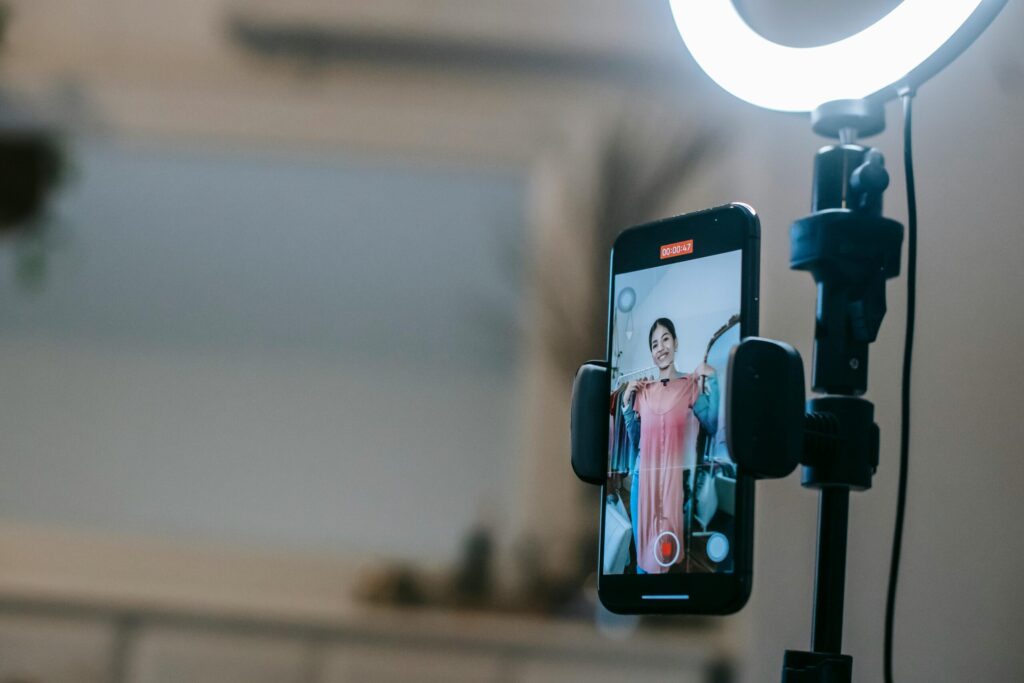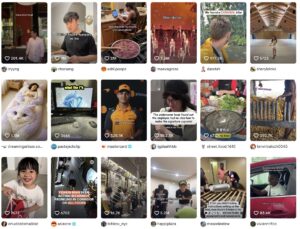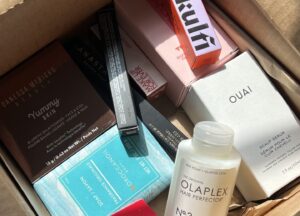When it comes to driving conversions, UGC marketing and influencer marketing are two of the most effective strategies brands use today. Both offer unique benefits, but which one truly reigns supreme when it comes to delivering higher sales, engagement, and return on investment (ROI)? In this article, we’ll break down the key differences between UGC marketing and influencer marketing, helping brands make data-driven decisions about which content strategy best suits their needs. We’ll dive into real-world examples, key metrics, and provide actionable insights for leveraging these approaches to maximise conversions.
What Is UGC Marketing? A Complete Guide
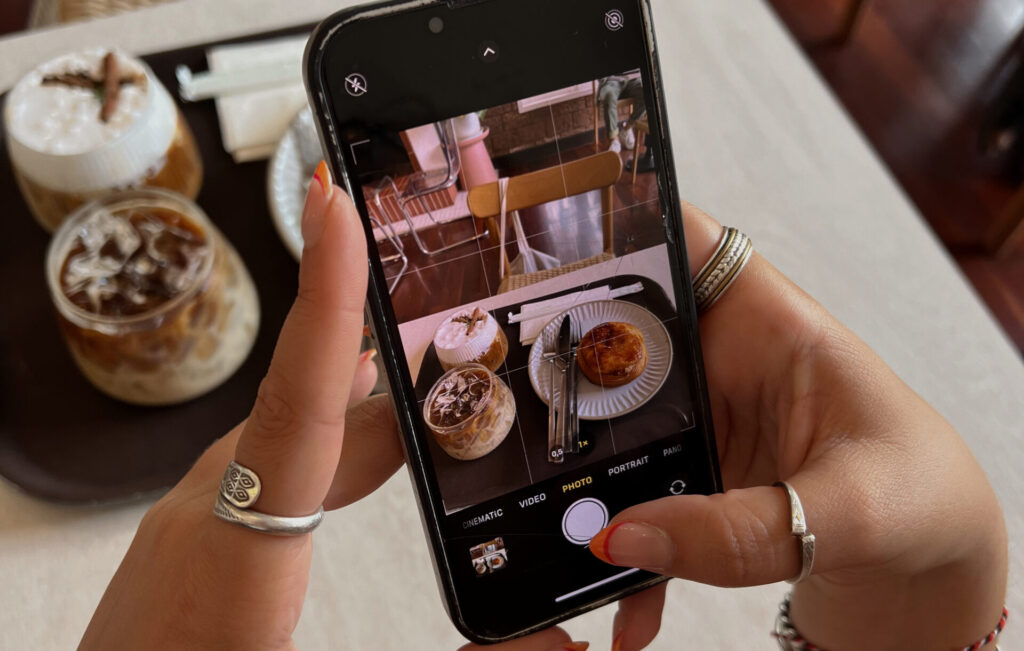
UGC (user-generated content) is content created by your customers, not your brand. This form of content can take many shapes, such as social media posts, reviews, photos, videos, and even blog posts. It’s content driven by real experiences, offering an authentic voice that resonates more deeply with potential customers.
Types of User-Generated Content:
- Social media posts showcasing product usage
- Reviews and testimonials providing social proof
- Visual content such as photos and videos shared by customers
- Blog posts or forum discussions where users share their experiences
Brands can encourage the creation of UGC through contests, hashtag campaigns, or simply by asking customers to share content that aligns with the brand’s identity.
What Is Influencer Marketing?

Influencer marketing involves partnering with individuals who have a significant social media following and influence in a particular niche. These influencers promote products or services to their audience, leveraging their credibility to amplify brand awareness and drive sales. Influencer marketing is particularly effective for generating buzz and attracting new customers by tapping into an established audience.
Types of Influencers:
- Macro-influencers: Large followings (hundreds of thousands or millions) that provide broad reach.
- Micro-influencers: Smaller but highly engaged audiences, often with better engagement rates.
- Nano-influencers: Small followings but often have the most genuine, trust-based relationships with their audiences.
UGC Marketing vs Influencer Marketing: A Direct Comparison
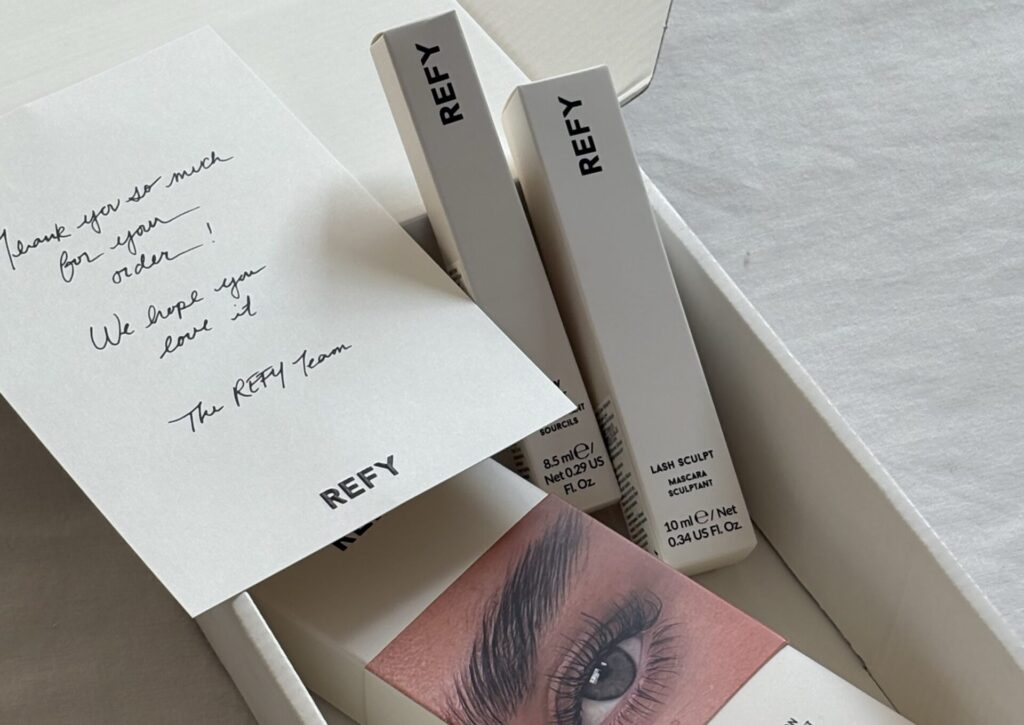
Authenticity: The Trust Factor in UGC vs Influencer Content
One of the biggest differentiators between UGC and influencer marketing is authenticity. UGC is typically seen as more genuine since it comes from real customers sharing their actual experiences with a product. This builds a level of trust that influencer content—despite its reach—can sometimes lack. While influencer marketing has its place, UGC’s organic appeal often resonates more deeply with audiences.
Cost-Effectiveness: UGC vs Influencer Content Production
When it comes to cost, UGC is often the more budget-friendly option. Creating content with influencers can be expensive due to the high fees paid to content creators, whereas UGC is generated organically by your audience. Brands may only need to offer incentives like contests or discounts to motivate UGC, making it a more cost-effective solution for many businesses, especially smaller ones.
Engagement Rates: UGC’s Relatability vs Influencer Content
UGC generally enjoys higher engagement rates because it’s more relatable. Consumers are more likely to engage with content created by their peers than by influencers, particularly if the content feels authentic and unpolished. The personal touch in UGC encourages greater interaction through likes, shares, and comments, which translates into more meaningful connections with your brand.
Which Drives Higher Conversions?
Case Studies: Success Stories from UGC Campaigns
1. Pho Restaurant – UGC Campaign Driving Engagement and Conversions
Pho Restaurant’s campaign encouraged customers to share their dining experiences using a branded hashtag on Instagram. By featuring these user-generated photos and stories across their social media platforms, Pho was able to connect with their audience on a personal level. The campaign significantly boosted website traffic and increased online reservations, with the UGC providing social proof that led to higher conversion rates. Customers were more inclined to visit after seeing real customer experiences.
2. Go Ape – UGC Driving Customer Loyalty
Go Ape launched a campaign where visitors were asked to share their adventure photos using the hashtag #GoApeMemories. By showcasing the adventurous UGC on their social media, Go Ape successfully enhanced brand credibility and built community trust. The campaign led to increased bookings and strengthened customer loyalty. The authentic content from real customers resonated deeply with their target audience, helping Go Ape drive repeat business.
Case Studies: Success Stories from Influencer Marketing
1. UMMA – Influencer Marketing Campaign Boosting Brand Visibility
UMMA, a leading K-beauty wholesaler, collaborated with influencers to promote their products through a gifted PR box campaign. Influencers received products for free in exchange for honest reviews and social media posts. This approach maximised brand exposure without direct expenditure. The campaign reached approximately 77,000 views, garnered over 6,000 likes, and received approximately 700 comments, showcasing high audience interaction. The campaign’s cost-effective nature highlighted the potential of influencer collaborations in driving engagement without incurring direct costs.
2. Egnyte – Influencer Marketing Campaign Leading to Significant Engagement
Egnyte, a leader in secure content collaboration, launched their first-ever influencer marketing campaign to enhance brand visibility and engagement. The campaign featured engaging, tailored content across Instagram, TikTok, and YouTube. It achieved a total reach of 224,961 views and 21,744 total engagements, with an average engagement rate of 9.67%, nearly four times higher than the industry benchmark. High-intent actions included 2,804 saves and 98 shares, further amplifying the campaign’s reach and impact.
Data Comparison: Effectiveness in Generating Conversions
When comparing UGC and influencer marketing, the key metrics to track include engagement rates, click-through rates, and conversion rates. While influencer marketing typically leads to higher reach and initial traffic due to an influencer’s large following, UGC often shows superior engagement and conversion rates due to its authenticity and relatability.
For example, while influencers brought immediate visibility to both Umma and Egnyte, the UGC campaigns for Pho Restaurant and Go Ape continued to drive engagement long after the campaigns ended, generating a stronger connection with their communities and consistently driving higher conversions over time.
When Should You Use UGC and When Should You Use Influencer Marketing

Situational Recommendations for UGC Use
UGC should be prioritised when you need to build social proof or establish a deeper connection with your audience. If you’re launching a new product, encourage customers to share their experiences. This helps drive trust and credibility, especially when real customer reviews are featured on social media.
When to Opt for Influencer Marketing
Influencer marketing is ideal when you need to reach a broader audience quickly, especially for brand awareness. Influencers help generate immediate visibility, particularly when you are launching new products or campaigns. Influencers can give your brand a significant boost when entering new markets.
Hybrid Approach: Combining UGC and Influencer Marketing
A hybrid approach that blends both UGC and influencer content can be incredibly powerful. Consider running a UGC campaign alongside influencer partnerships to amplify your message. For example, an influencer could promote a UGC contest, creating a synergistic effect that drives both reach and authenticity.
Best Practices for UGC and Influencer Marketing Campaigns
Encouraging UGC Submissions
To encourage UGC, make sure to provide clear instructions and create compelling calls to action. Running contests or offering rewards can motivate participation. Promote your UGC campaigns across all your social channels to increase visibility.
Selecting the Right Influencers
When selecting influencers, make sure their values align with your brand. Micro-influencers often offer the best ROI due to their high engagement rates. Ensure the influencer’s audience fits your target demographic and establish clear expectations for the collaboration.
Measuring Success: Key Metrics for UGC and Influencer Campaigns
Metrics for UGC Campaigns
Track metrics such as engagement (likes, shares, comments), hashtag usage, and click-through rates to determine the effectiveness of your UGC campaign.
Metrics for Influencer Campaigns
For influencer marketing, focus on conversion rates, ROI, affiliate sales, and reach to measure success and track the direct impact on your sales.
Sort Your Strategy with Favoured
Choosing between UGC and influencer marketing depends on your goals. UGC is authentic, cost-effective, and fosters deeper connections with your audience, while influencer marketing excels in brand awareness and reaching larger audiences.
Ready to find the perfect strategy for your brand? Favoured specialises in crafting tailored content strategies—whether you need UGC to boost trust or influencer partnerships to expand your reach. Contact us today, and let’s build a content strategy that drives higher conversions and lasting brand loyalty.

